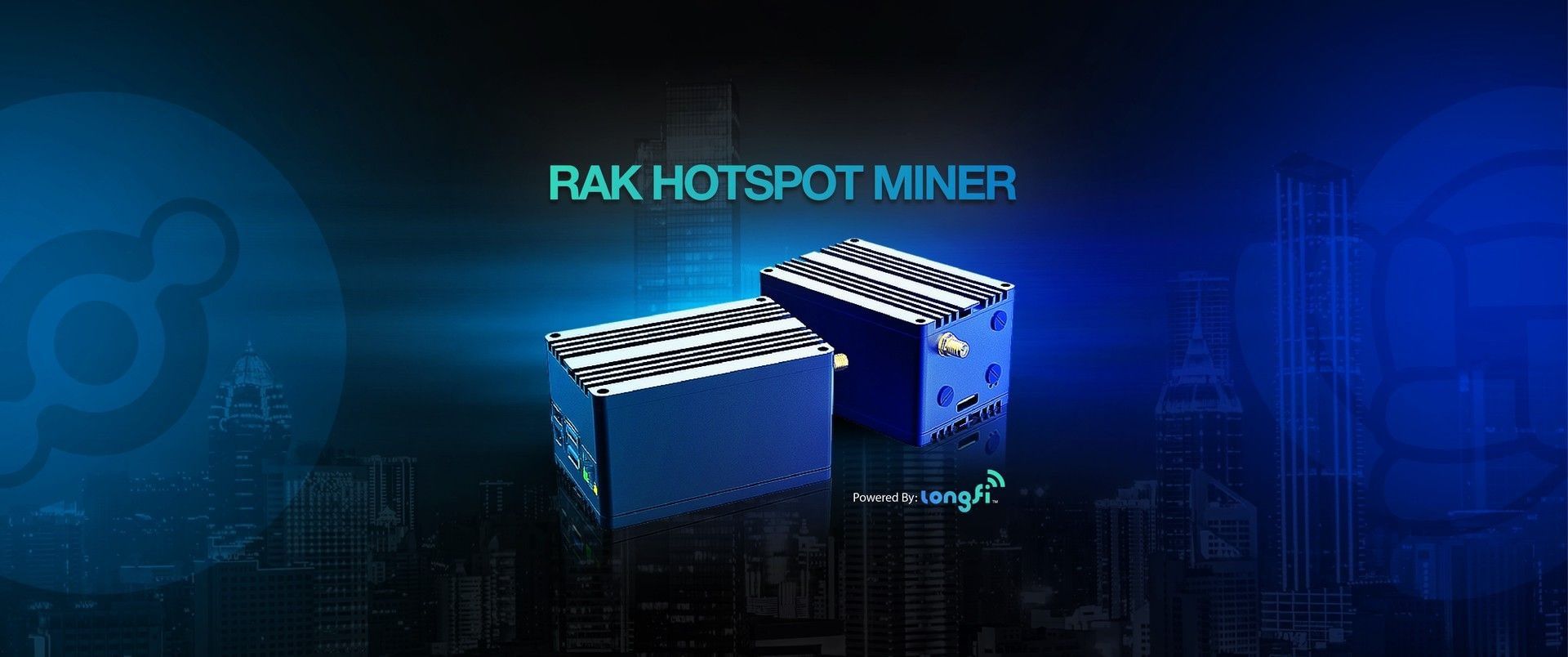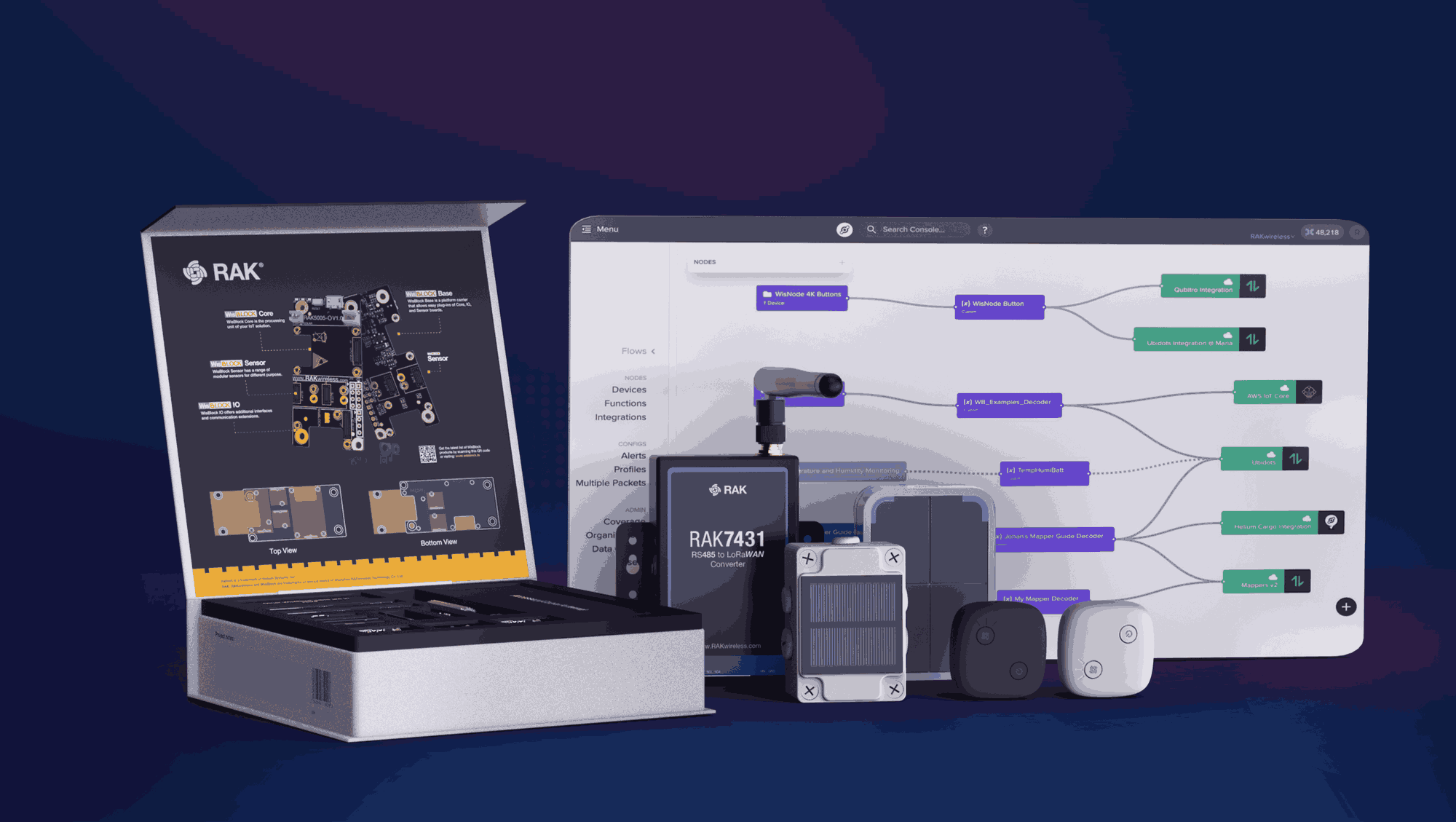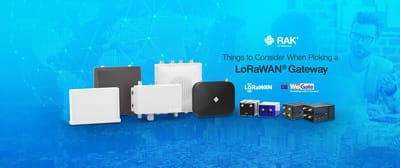What is Helium and Other Questions you Always Wanted to Know
Helium is not just a gas used to blow up party balloons or cool the Large Hadron Collider. Did you know that Helium, now NovaLabs, is a company that started as a small startup nine years ago? Shawn Fanning, Sean Carey, and Amir Haleem thought about having a global, omnipresent, and wireless network that connected devices to the Internet easily and affordably.
Devices that connect, collect and exchange data with other devices and systems over the Internet may go from small ordinary household cooking appliances to sophisticated industrial tools. We have WiFi, Bluetooth, or cellular connectivity for these devices to connect to the internet. Nevertheless, they are very expensive, too power-consuming, or limited in communication range.
The People’s Network delivers secure, ubiquitous, and affordable wireless connectivity.
Here is where Helium comes into the IoT ecosystem. “It is a decentralized wireless network that enables devices anywhere in the world to wirelessly connect to the Internet and geolocate themselves without the need for power-hungry satellite location hardware or expensive cellular plans.”

Helium's network provides valuable solutions for its community, from crypto lovers to IoT makers and deployers. When more devices connect to the network, there is a broader information density, and the more valuable the network becomes. Therefore anyone in the world can participate in building it. That's the essence of referring to it as The People's Network.
You may start connecting devices and collecting data, at a fraction of the cost of other connectivity, without deploying and maintaining wireless infrastructure. This happens thanks to Low Power Wide Area Networks (LPWAN), specifically LoRaWAN protocol networks, the base protocol for Helium’s innovative LongFi technology.
One of the things Helium is attacking is the acquisition of LPWAN network coverage to create a connected world. In the past, you could get it through a commercial operator (who you had to pay to rent a site to host a LoRa gateway), a company deploying gateways on their infrastructure as a private network, or a community network server–– like The Things Network–– where people can connect their gateways and provide coverage for free.
After this introduction, we may begin to unravel the top 5 questions about Helium you always wanted to know.
1. How does Helium work?
In simple terms, Helium provides users with hotspots (similar to WiFi gateways), giving any LoRaWAN®-compatible node a radio range of 5 miles (8 km) of access to the network. This way, information can be tracked and data analyzed in an easy-to-use interface.
For a better explanation, the Helium network is built around five key components:
- Proof-of-Coverage: IoT miners provide wireless network coverage in a cryptographically secure way.
- Helium Network: Was built to service WHIP, authenticating and identifying devices with cryptographic guarantees.
- Helium Consensus Protocol: is based on a variant of the HoneyBadgerBFT (HBBFT) protocol. HBBFT is an asynchronous atomic broadcast protocol designed to enable a group of known nodes to achieve consensus over unreliable links.
- LongFI: Is the open-source and standards-compliant wireless network protocol designed for low-power devices over vast areas compatible with LoRaWAN®.
- DWN: Is a decentralized wireless network (DWN) that provides wireless access to the Internet for Devices through multiple independent Miners and outlines the Helium network.
2. How can I connect to Helium’s network?
Building the network could be more relevant than using it if you are a crypto lover. So, you can join the network by hosting a hotspot. The Helium network comprises hotspots with antennas sending small amounts of data over long distances (about 200x than conventional WiFi) using radio frequencies.
The hotspot will receive rewards by performing Proof-of-Coverage and forwarding the data from IoT devices over the network. Strategically positioning the hotspot will have a significant impact on its performance. In this case, it will be helpful to learn a bit about antennas and hotspot placement.
On the other hand, the Helium network could be helpful if you are an IoT maker or someone looking to connect your LoRaWAN® end devices to the network. This allows any IoT device compatible with LoRaWAN® to send and receive data. Moreover, the operating frequency enables the devices to send data from considerable distances.
The first step for connecting to the Helium network is to test the network's coverage in your area. At Helium Explorer and Helium Mappers, you can find helpful information on the current state of the network near your location.
Then, use any LoRaWAN® compatible device, for example, a humidity sensor, and sign up on the console account at Helium Console. You can manage your devices on the Helium Console by registering there on the network and getting information about their data transmission. You must have the sensor's ownership to configure it correctly.
Finally, you will need to set up an integration to connect the sensor to an external platform to use, store and visualize your data. Dashboards to show statics based on sensor data are a famous example of the main features an IoT platform can offer.
To witness your hotspot in the network, it must be synced with the blockchain. Witness lists are based on a rolling 5-day period of successful Proof-of-Coverage witness receipts. The list also resets if a hotspot updates location or changes antenna or elevation.
Don’t miss:

3. What type of smart devices can be connected through Helium?
The devices you can connect to the Helium network are IoT devices such as sensors, gadgets, appliances, and other machines that collect and exchange data over the Internet, especially those compatible with LoRaWAN®, such as several of those we offer at RAKwireless.
We can also mention hotspots, RAK Hotspot V2 and MNTD Goldspot, for example, as the key type of smart devices connected to the network. They're foundational elements of it.
Let's recall how one of the first milestones regarding hotspots happened. Ken Yu, RAK’s CEO, received a message through Alibaba in 2019 from one of Helium’s founders inquiring about our ability to supply LoRa® gateway concentrator modules in volume for the US market. Helium saw in RAKwireless as a good partner with the right product and supply chain to deliver their idea.

Our devices are also configured and managed through our software solutions. We offer an excellent combination of outstanding performance and low cost.
4. Is it true I can make money out of Helium?
This is, without a doubt, the most frequently asked question, and the answer is yes. The Helium network provides a cost-effective and bi-directional data transfer system between wireless devices and the Internet via independent providers that do not rely on a single coordinator.
The devices connected to the network are:
- Paid to send & receive data to the Internet and geolocate themselves.
- IoT miners use them to earn tokens for providing network coverage.
- Miners use them to earn fees from transactions and validate the Helium network’s integrity.
Helium hotspots miners work on a blockchain with a native protocol token that incentivizes a marketplace between coverage providers and consumers. Wireless network coverage becomes a commodity, fueled by competition, available globally at a fraction of today’s costs.
Sensors consume what is called ‘Data Credits’ to send data, which are funded by Helium tokens (HNT). In return for adding coverage and carrying this sensor data, the hotspot owner gets rewarded in HNT, which can then be traded as any crypto in one supported exchange.
5. Why Blockchain?
The strength of any project is user adoption. In this case, the mass adoption of the initial wireless coverage for the Helium network was a result of the Helium tokens (HNT).
This token was thought of as a motivator for the community to strengthen the use of the network and be paid (as explained in question 4).
Helium was thought of as a project based on blockchain to connect IoT devices by using the hotspots and connecting them to the network, which relies on miners for security. In addition, the network is secured through the Proof-of-Coverage protocol (explained in the first question), relying on the users to ensure network stability through mining even with low power, depending on LoRaWAN®, and providing public coverage.
As a community, Helium miners provide and assure coverage while gaining HNT by every data that passes through the hotspots.
Today (end of April 2022), there are approximately 100,530,000 HNT in circulation out of 223,000,000 HNT. Launched on July 29, 2019, the Helium Blockchain powers the world's largest, public, decentralized LoRaWAN® Network. Also, there are 771.352 Hotspots transmitting data.






